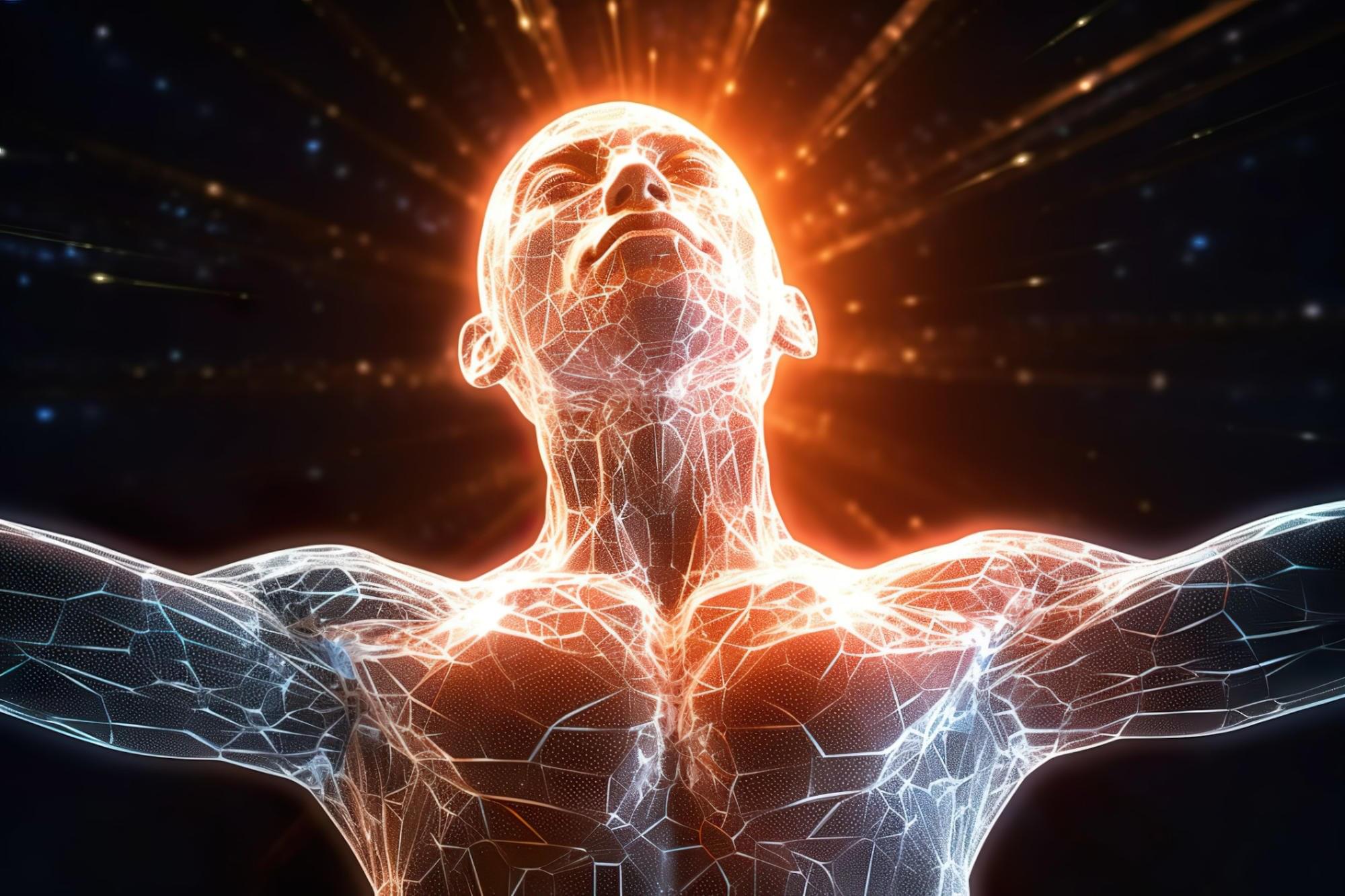A cancer-killing virus could soon be approved for use after shrinking tumours in a third of people with late-stage melanoma
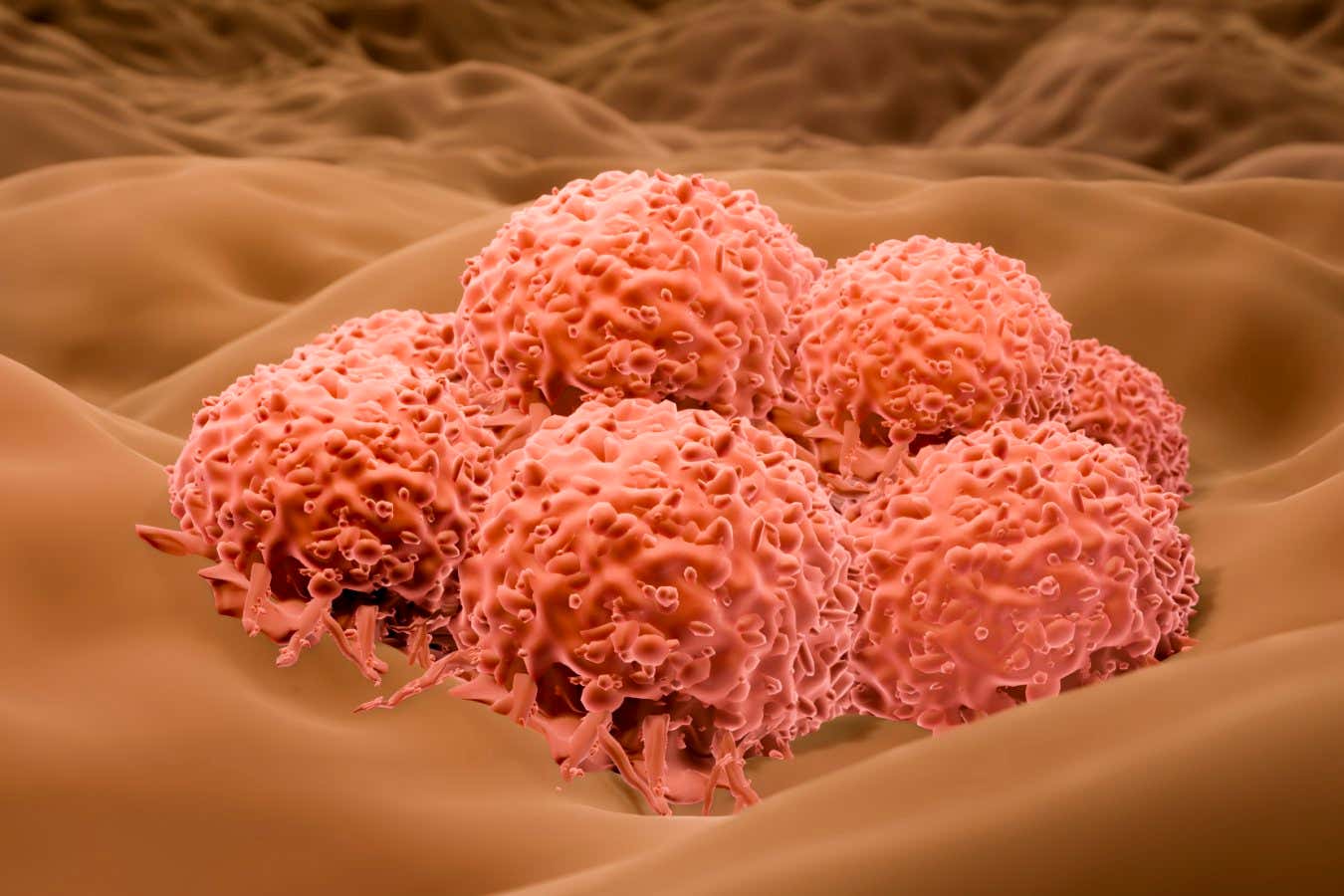

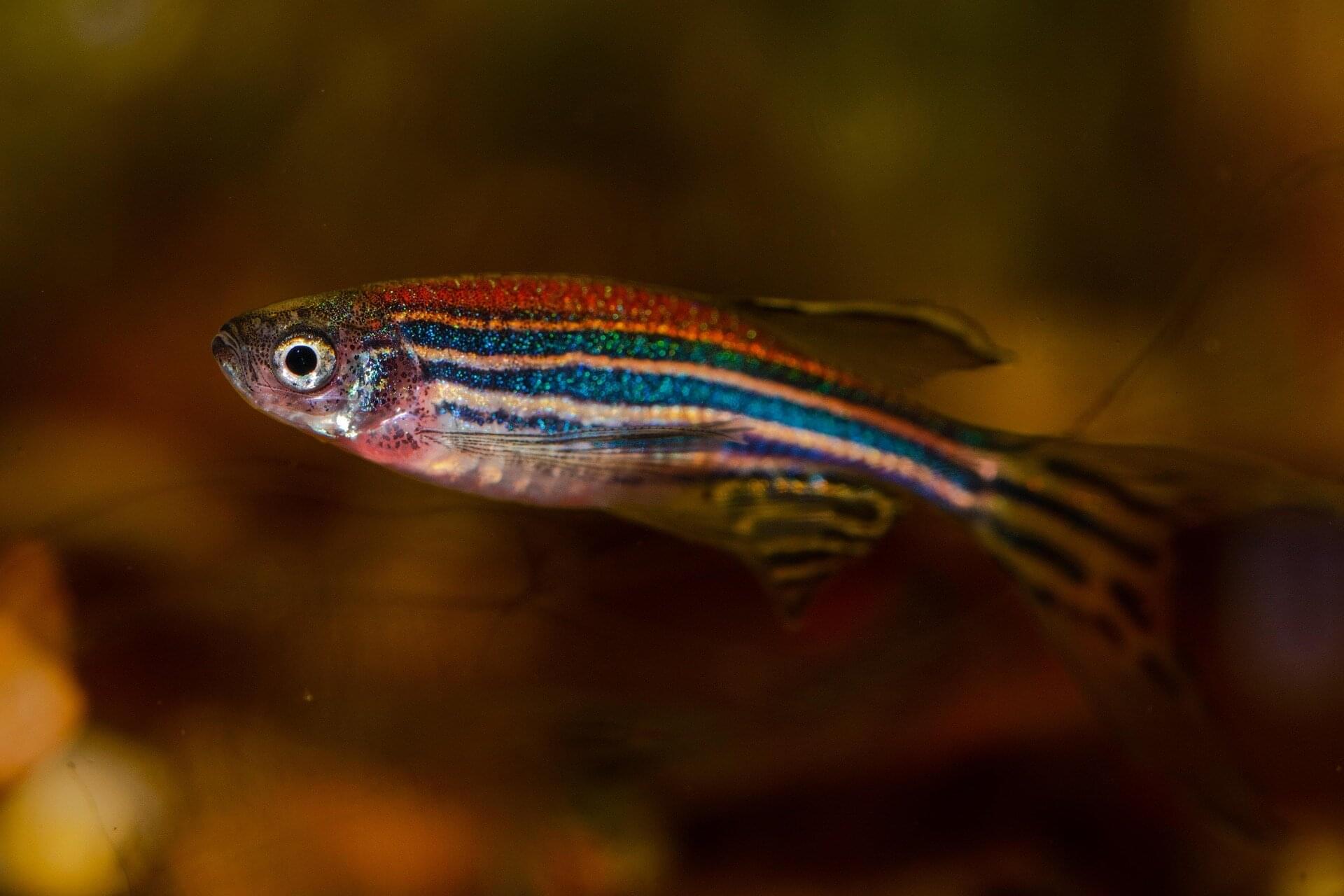
While humans can regularly replace certain cells, like those in our blood and gut, we cannot naturally regrow most other parts of the body. For example, when the tiny sensory hair cells in our inner ears are damaged, the result is often permanent hearing loss, deafness, or balance problems. In contrast, animals like fish, frogs, and chicks regenerate sensory hair cells effortlessly.
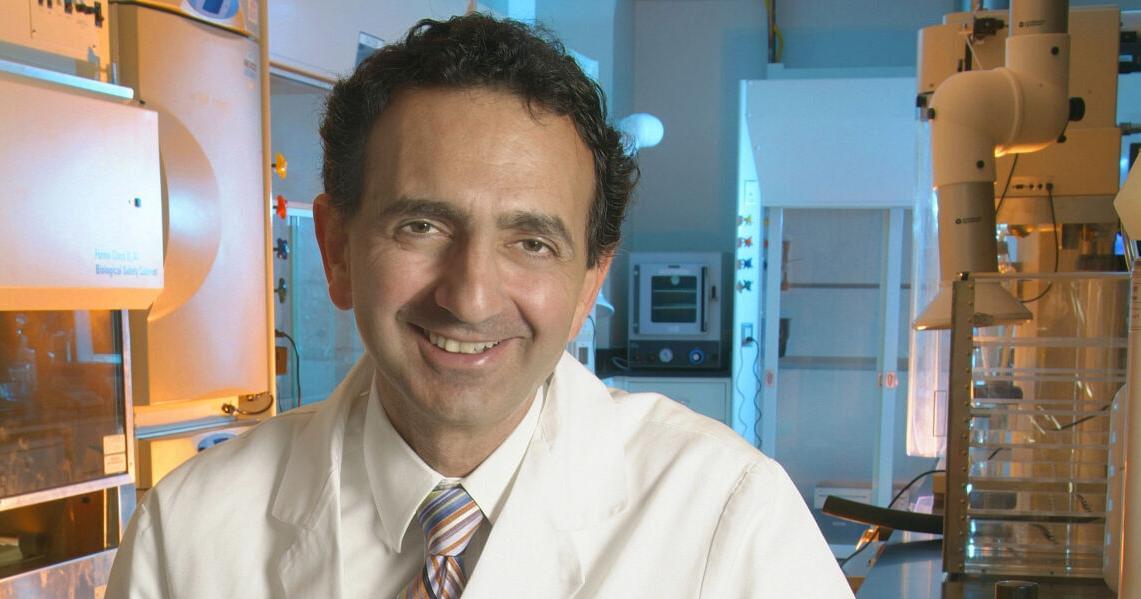
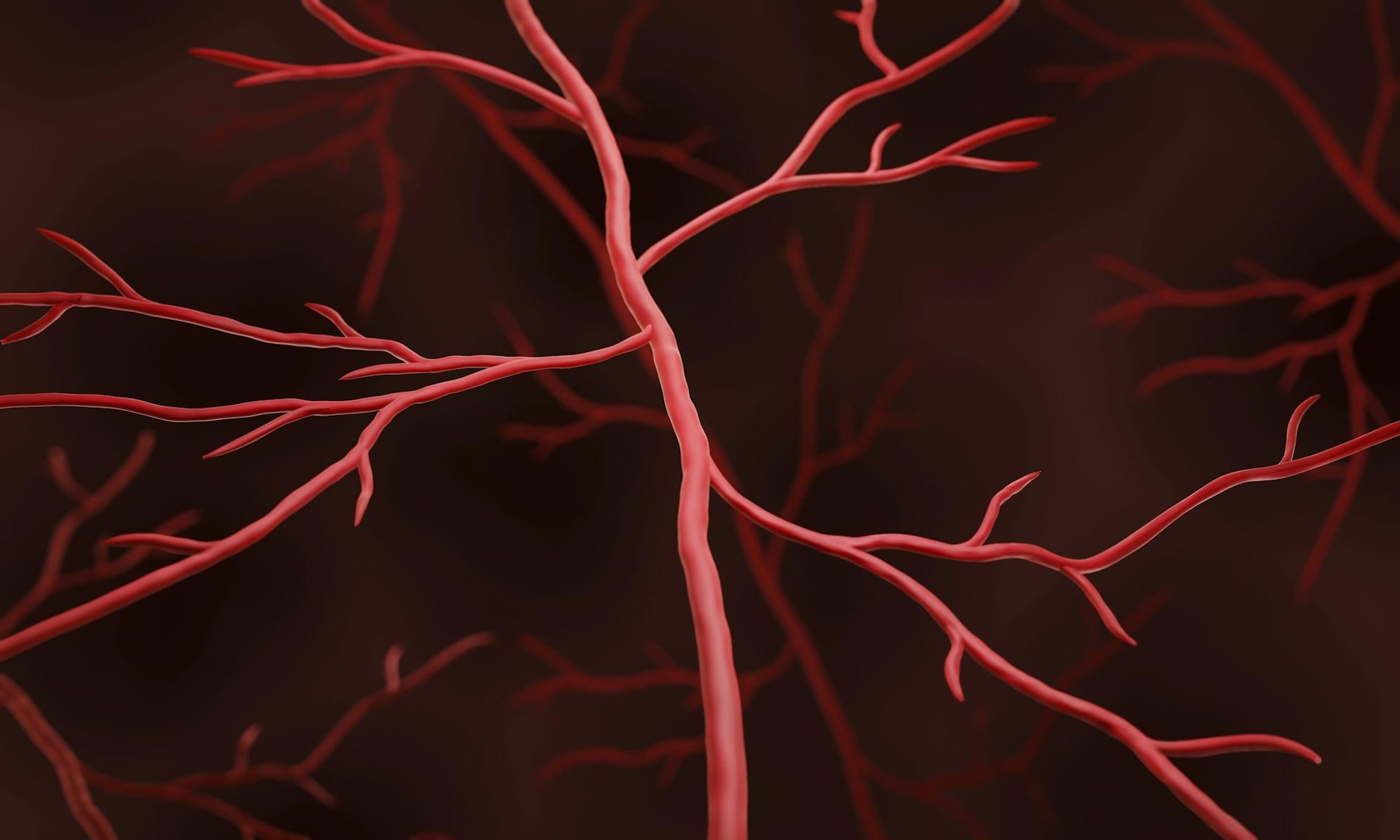
Tumors can destroy the blood vessels of muscles even when the muscles are nowhere close to the tumor. That is the key finding of a new study that my colleagues and I recently published in the journal Nature Cancer.
Muscle loss in cancer patients is a major health problem, but the exact causes of how precisely tumors affect muscles remain an active area of research.
Scientists in my lab were curious whether one explanation for the muscle loss in cancer patients could be that the cancer impairs the blood vessels that are necessary to supply nutrients and oxygen to muscles. Healthy blood vessels ensure that blood containing oxygen and nutrients is transported from the heart to all tissues and organs in the body, and then circulates back to the heart. Unhealthy blood vessels lose the ability to circulate sufficient blood and develop leaks, with nutrients seeping into the tissue prematurely and thereby cutting off the supply of nutrients to tissues that are further downstream.
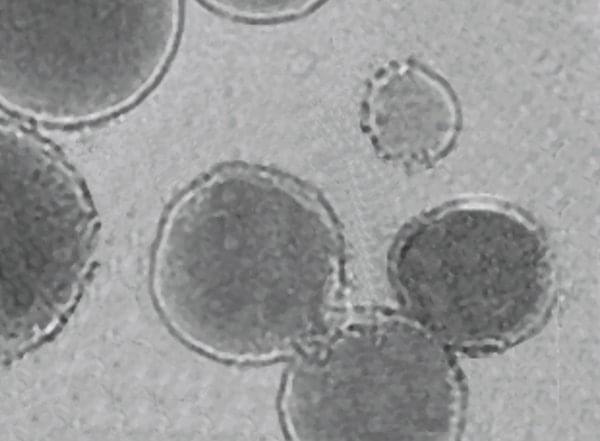
Imagine if doctors could precisely print miniature capsules capable of delivering cells needed for tissue repair exactly where they are needed inside a beating heart. A team of scientists led by Caltech has taken a significant step toward that ultimate goal, having developed a method for 3D printing polymers at specific locations deep within living animals. The technique relies on sound for localization and has already been used to print polymer capsules for selective drug delivery as well as glue-like polymers to seal internal wounds.
(Someone already probably posted this. This is jus from Caltech)
When the team used the DISP platform to print polymers loaded with doxorubicin, a chemotherapeutic drug, near a bladder tumor in mice, they found substantially more tumor cell death for several days as compared to animals that received the drug through direct injection of drug solutions.
“We have already shown in a small animal that we can print drug-loaded hydrogels for tumor treatment,” Gao says. “Our next stage is to try to print in a larger animal model, and hopefully, in the near future, we can evaluate this in humans.”
The team also believes that machine learning can enhance the DISP platform’s ability to precisely locate and apply focused ultrasound. “In the future, with the help of AI, we would like to be able to autonomously trigger high-precision printing within a moving organ such as a beating heart,” Gao says.

Significant brain defects known as Chiari malformations could be down the genes some of us have inherited from Neanderthals, according to a new study, causing a mismatch between brain shape and skull shape.
The study focuses on Chiari malformation type I (CM-I), where the lower part of the brain extends too far into the spinal cord – typically linked to having a smaller-than-normal occipital bone at the back of the skull. It can lead to headaches, neck pain, and more serious conditions, and is thought to affect up to 1 in 100 people.
Several other ancient human species had different skull shapes to our own, and a previous study published in 2013 put forward the idea that interbreeding between Homo sapiens and these other hominins may be a root cause of Chiari malformation type I (CM-I), the mildest type of the group.



